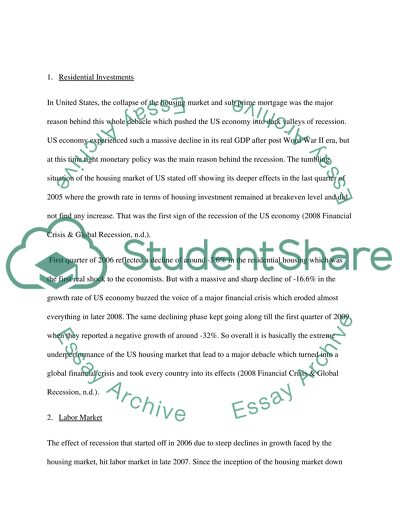Cite this document
(“The financial crisis and credit crunch that occurred world-wide Essay”, n.d.)
Retrieved from https://studentshare.org/macro-microeconomics/1397363-the-financial-crisis-and-credit-crunch-that
Retrieved from https://studentshare.org/macro-microeconomics/1397363-the-financial-crisis-and-credit-crunch-that
(The Financial Crisis and Credit Crunch That Occurred World-Wide Essay)
https://studentshare.org/macro-microeconomics/1397363-the-financial-crisis-and-credit-crunch-that.
https://studentshare.org/macro-microeconomics/1397363-the-financial-crisis-and-credit-crunch-that.
“The Financial Crisis and Credit Crunch That Occurred World-Wide Essay”, n.d. https://studentshare.org/macro-microeconomics/1397363-the-financial-crisis-and-credit-crunch-that.


